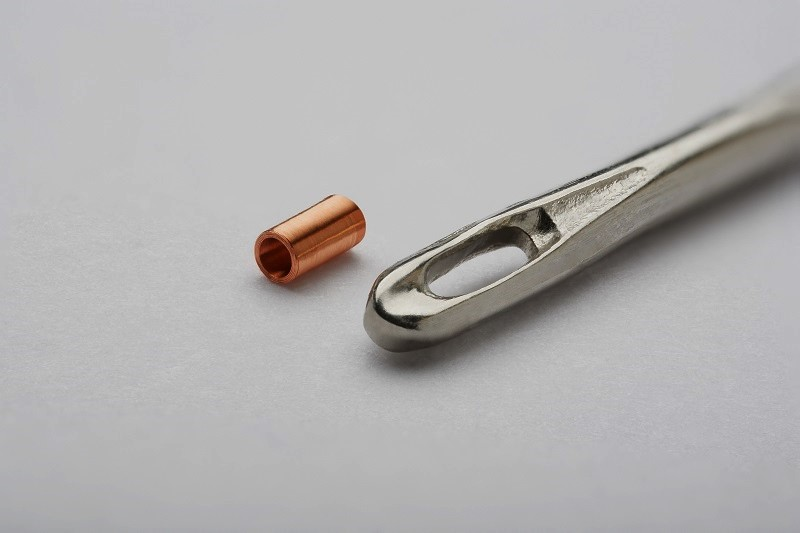Science is surely catching up with new advances in technology in creating a multitude of tiny medical sensors manufactured using ultra-fine wires coiled into miniature coils. So what are medical sensors, and why are they required?
The demand for tiny medical sensors is increasing, and designers are becoming more aware & adept at these technologies. Making these sensors necessitates using incredibly authentic, custom-made pieces of equipment that must be conceived and constructed in-house.
With the help of minimally invasive sensors and methods, doctors can complete a multitude of tasks like the following:
- Access previously inaccessible areas of the body.
- Heat and freeze tumors to remove them, a process is commonly known as a cryo cancer treatment.
- Reduce interruption to physiological functions as much as possible.
- Reduce your energy consumption.
- Extend the life of implants.
Applications of Medical Sensors
These medical sensors can be applied in:
- Active Implants that control & monitor deep brain stimulation & miniature pacemakers.
- Diagnostics: wireless communication with miniature implants employed as sensors for vital signs.
- Navigation applications such as targeted radiation catheters, targeted drug delivery, highly-accurate ablations, stent positioning, inter-body tagging, and implanted markers.
- Therapeutic applications like electrophysiology treatments.
- Orthopedic aids in micro-coils connection with the operating system with the use of electromagnetic pulses.
- Thermo-pressure molecular bonding-based temperature measuring using micro thermocouples.
Manufacturing Requirements of Medical Sensors
There are numerous prerequisites for producing coils for medical sensors, which can be listed as the following:
- Coils must be manufactured following the client’s specifications, made to superior standards, and subjected to stringent quality inspections to eliminate flaws.
- It is necessary to use specialized equipment, designed and created from the ground up, unlike any other small coil winding machine.
- The production plant must be ISO 13485 certified and subject to client inspection.
- Material traceability is preserved & should trace back to the quarry where the raw material was found, who built the device, when it was made, which worker produced it, and so on.
Connectivity Solutions
Miniature medical sensors get a connection through ultra-fine wires. These wires, made of copper & other metals, are 5-10 times thinner than human hair & are utilized at any diameter down to 59 AWG (9 microns or 0.00035 inches). These wires are wound to make the micro-coils, which are one component in a system.
Heat-based ultra-fine wire soldering comes with several negative consequences, which include:
- Connection oxidation.
- Heat damage.
- Poor conductivity.
- Deteriorated connections, and so on.
However, thermo-pressure bonding technology could be a viable solution to these problems. This technique allows the linking of ultra-fine wires of any diameter to other ultra-fine wires of the same diameter or wires that are up to 12 times thicker.
If the design calls for a terminal-based connection, a gold-plated terminal is used for the wires to connect to. Without using solder, thermo-pressure bonding can offer a very trustworthy connection that is free of corrosion and strain. As a result, manufacturing is simplified and made cost-efficient.
Getting Started Using Coils in Medical Sensors
To manufacture miniature medical sensors, a manufacturer must be uniquely eligible & qualified to produce micro-coils and insulate ultra-fine wires. That is why producing micro coils and ultra-fine wires for minimally invasive medical sensors is confined to a few firms with substantial know-how and expertise worldwide. So, do not make hasty decisions and instead look for only the best.
































































